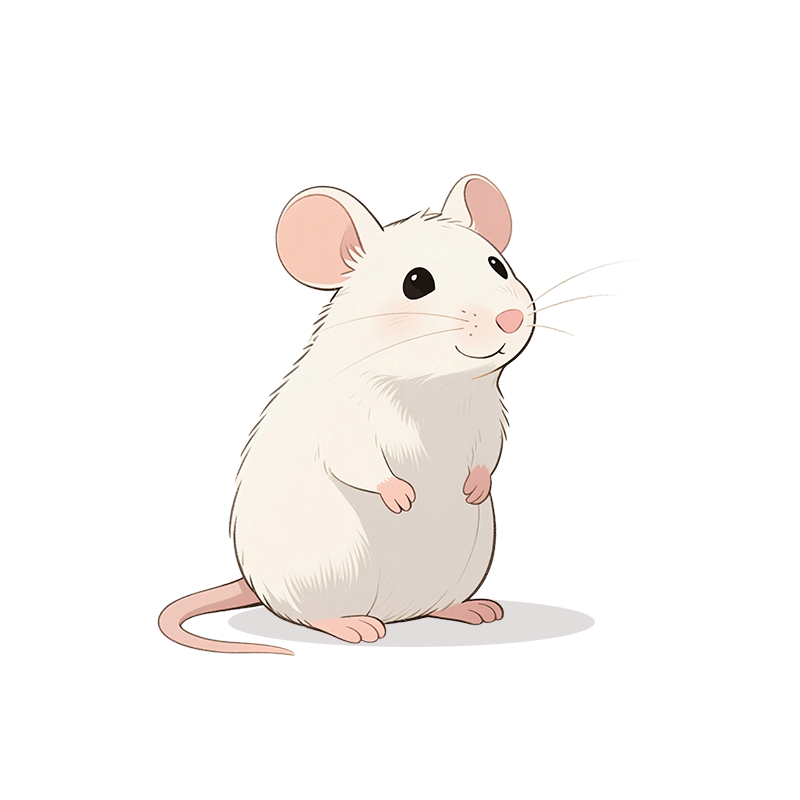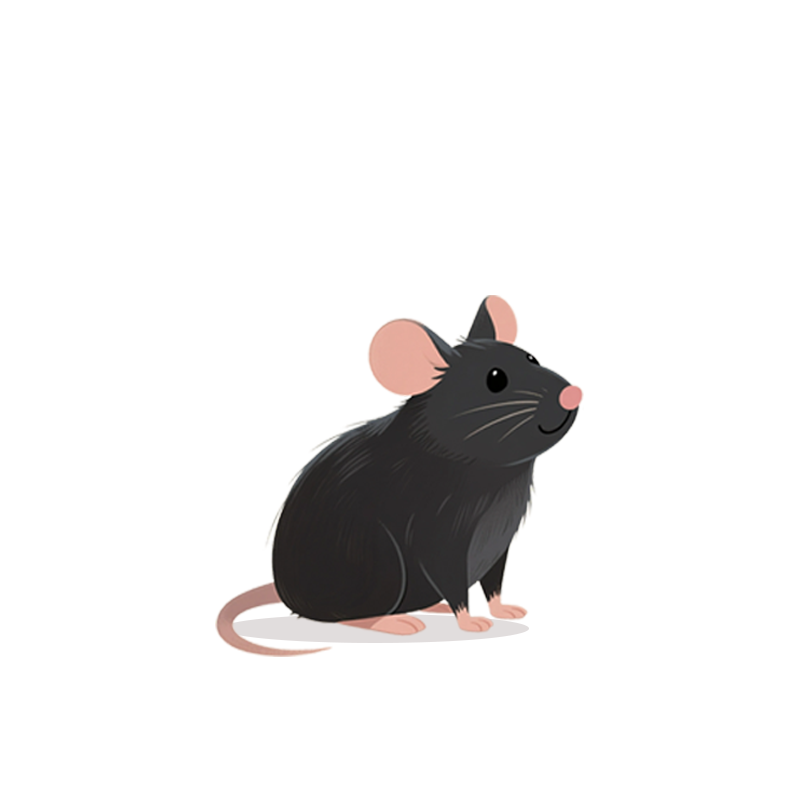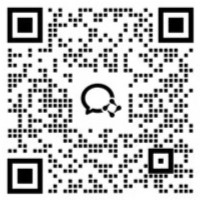Diabetic and Diabetic Wound Model




Diabetic and Diabetic Wound Model
Model Description
Diabetic (DM) models are established via chemical induction, surgical induction, or gene editing. Chemical induction offers key advantages:
- Short modeling period (Type 1 DM: ~5-14 days; Type 2 DM: ~8-16 weeks)
- High stability, low variability, strong reproducibility
- Accurate simulation of diabetic pathology
- Broad applications: drug screening, pathology studies
Modeling Methods
|
Diabetes Type |
Method |
Key Features |
|
Type 1 Diabetes |
Streptozotocin (STZ) injection: Destroys pancreatic β-cells, causing insulin deficiency.
|
- Rapid onset (hyperglycemia within 1-7 days) - Blood glucose ≥16.7 mmol/L |
|
Type 2 Diabetes |
High-fat/high-sugar diet (8-16 weeks) + low-dose STZ: Induces insulin resistance and β-cell dysfunction. |
- Progressive insulin resistance + β-cell failure - Blood glucose ≥11.1 mmol/L with impaired glucose tolerance |
Diabetic Wound Establishment
On the back or hind limb skin of diabetic animals, create full-thickness wounds.Use an 8-10 mm diameter circular biopsy punch to excise skin.Diabetic conditions delay healing, mimicking chronic ulcers.
Monitor wound closure by photographing and measuring wound area over time (Day 0, 5, 10, 15, 20).



